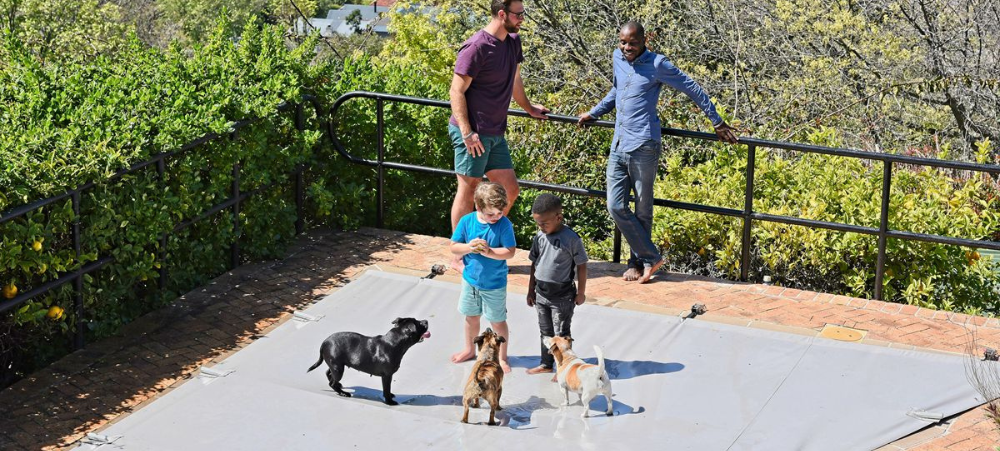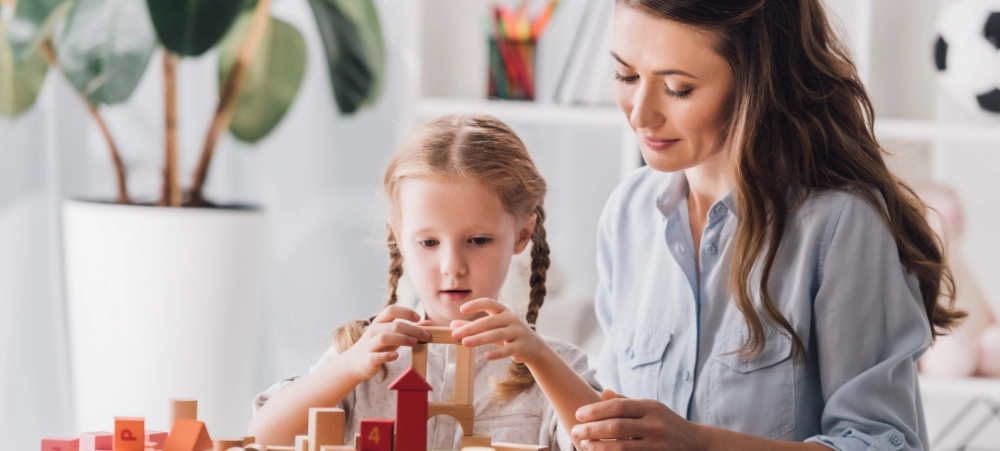The Red Cross War Memorial Children’s Hospital (RCWMCH) annually treats approximately 7500 children for injuries which are preventable. For every child death as a result of injury, many more are hospitalized, hundreds of emergency department visits and thousands of clinic and doctors’ visits. Many children surviving their injuries sustain temporary or permanent, life changing disabilities. There is little focus on these injuries despite injury being the number one killer of young children in our communities in South Africa.
Children are naturally curious and while exploring the world around them, they will fall. Not all falls require treatment; however, many children sustain injuries so serious that it requires treatment or hospitalization. Falls are the number one cause of childhood injury seen at RCWMCH, accounting for nearly half of all injuries. Over 2 819 children were treated for serious falls, a 5% more than 2018.
Falls accounted for 60% of head injuries. Head injuries are far more common than expected. The RCWMCH treated 763 children for head injuries. Often it is ignored and children suffer the consequences later in school and later in their work lives.
Children aged 0 to 5 years were at greater risk of fall-related injuries. 64% of these falls took place at home, 17% at playgrounds and 16% at schools. Children 0 to 4 were at greater risk of falls at home and age group 5 to 12 years was at greater risk of falling at school and on playgrounds.
“From the moment your baby starts to crawl, the world is a magical place filled with new adventures and discoveries, says Yolande Baker, Executive Director of ChildSafe. “From a child’s perspective, everything is a potential mountain to climb (that giant bookshelf), obstacle to overcome (those pesky stairs) or mysterious place to investigate (anywhere beyond the safety gate). Little bumps will happen, but ChildSafe is here to help so these brave expeditions don’t result in something more serious”.
The most common causes of falls are:
- Tripping and falling at ground level,
- Falling off furniture, stairs, beds, walls and trees at higher level;
- Falling out windows and balcony doors
- Falling from baby walkers and mobiles,
- Falling off scooters, roller blades, bikes and skateboards are mobile risks;
- Falling in the playground off swings, jungle gyms, see saws, slides and trampolines;
- Falling from arms, especially from arms of siblings, or if mother should fall asleep when feeding or holding baby
Children are vulnerable to falls and other injuries because their growing brains do are not fully yet able to recognize and assess their own risk to injury. Degrees of dependence, activities and risk behaviors all change substantially as they grow older
As children develop, their curiosity and wish to experiment are not always matched by the capacity to understand or to respond to danger. Due to this lack of experience, children need to be shown and helped at every stage of their development, whether it’s crawling, walking or running. Supervision is key to child injury prevention. A challenge for parents is how to make their homes, including yards and gardens safer to prevent falls.
Stages of child development
From the first days of life, we need to protect children from serious injuries. The different developmental stages need to be understood and considered when thinking about the level of supervision and care needed. For the first few years, children need 100% supervision by parents and adults. From about six months of age early signs of motor development appear with sitting up, rolling over, and crawling, and pulling to stand. When baby is awake and moving about careful supervision is necessary at all times. Children under 11/12yrs should not be left in charge of baby because they lack experience and easily lose concentration. A cot, play pen or a safe enclosure is best for safety when mother is busy.
Safe cots, car seats, play areas & traditional back-carrying
Mother needs to be confident that baby is safe in bed, and for this a cot with sides is recommended. The cot can be used as a safe place at other times too, when mother visits the bathroom, hangs washing, or is busy in the kitchen. Falls at this early stage need to be prevented as head injuries are highly dangerous and can cause permanent developmental and physical injury. As baby grows, time needs to be set aside for playing together so that falls can be anticipated and prevented. High chairs for meal times are safe zones and prevent falls from heights when baby is strapped in. Using a high chair can remove a baby from other dangers at the table like hot food and drink.
On trips in the car, however short, baby should be strapped into a car seat which is correct for size and age. Falls from car seats occur on route to the car and inside the car if baby is not carefully strapped in at all times. Baby walkers can be dangerous and are not recommended. They place the baby in situations of risk, by increasing height and mobility. From the walking ring baby can reach knobs and switches and kettle cords, stairs and steps. Traditional back-carrying is a safe zone for babies both in the home and outside.
Development stage 1-2 years
To prevent falls at 1-2 years when baby is starting to move about and explore, homes need to be cleared of obstacles such as loose carpets and slippery floors, stairs need gates and windows bars. A play pen at this stage is a safe zone for play to continue when mother is busy and to prevent falls. Prams and pushchairs may be used for outings and shopping, but to prevent falls baby needs to be strapped in at all times.
Development stage 2-3 years
The risk of falls increases as a child becomes more mobile. Children are quick and unpredictable. Climbing onto furniture and beds should be anticipated and prevented. Children are not ready for bunk beds at this stage.
Development stage 3-6years
By now children explore with little thought of danger. They are fearless, and they tend to run everywhere – in the home, at school & crèche, in the park and at the beach. We encourage the use of protective equipment such as helmets when cycling, using skateboards and scooters. Again, supervision to prevent falls is essential. Especially watch children near water and teach them how to swim.
What to do in an event of a child falling?
Call Emergency Services for help (112 OR 10177) Do not move your child if he or she:
- May have seriously injured the head, neck, back, hipbones, or thighs
- Is unconscious
- Has trouble breathing
- Is not breathing (start CPR if you know how to do so)
- Has a seizure
If your child is not vomiting and does not have any of the symptoms above:
- Comfort your child and look for any injuries.
- Place a cold compress or ice pack on any bumps or bruises.
- Give (age-appropriate dose) Panado for pain if your child is alert.
- Let your child rest, as needed, for the next few hours.
- Watch your child closely for the next 24 hours for any unusual symptoms
Get medical care if your child:
- Becomes very sleepy or is difficult to wake up
- Becomes easily annoyed or upset and cannot be comforted
- Vomits more than once
- Complains of head, neck, or back pain
- Complains of increasing pain anywhere
- Is not walking normally
- Does not seem to be focusing his or her eyes normally
- Has any behaviour or symptoms that worry you
Although falls are seldom fatal, they can result in physical disability/permanent damage.
- Preventing Dog Bites in Children - September 20, 2023
- Preventing Electrical Burns - September 19, 2023
- Back to school Safety - January 21, 2022





